Welcome to our comprehensive guide on Tax Code A in the UK. Whether you’re a taxpayer or simply have an interest in understanding the UK tax system, this article will provide you with all the essential information about Tax Code A and its implications. From its meaning and eligibility criteria to how it affects your tax calculations and why you may have it, we’ve got you covered!
Let’s dive in and explore the ins and outs of Tax Code A, ensuring you have a clear understanding of its significance and how it may impact your tax obligations. Whether you’re an individual applying for Tax Code A or simply curious about this particular tax code, this article will equip you with the knowledge you need to navigate the UK tax landscape with confidence.
In this article, we’ll address key questions such as “What is a Tax Code A?” and “How does the Tax Code A work?” We’ll also explore who is eligible for this tax code and why you may have it. Additionally, we’ll discuss the benefits associated with Tax Code A and provide guidance on how to apply for it, as well as how to check and update your tax code if necessary.
By the end of this article, you’ll have a comprehensive understanding of Tax Code A and its implications on your tax responsibilities in the UK. So, let’s get started and unravel the mysteries of Tax Code A together!
What is a Tax Code A?
In the United Kingdom, the tax system utilizes alphanumeric codes to determine an individual’s tax obligations. Each tax code represents a specific set of circumstances and factors that determine how much tax an individual should pay. One commonly used tax code is Tax Code A, which is associated with the personal allowance.
The personal allowance is the amount of income that individuals can earn each year without paying any income tax. It is a tax-free amount determined by the government and is subject to change annually.
Tax Code A is used for individuals who are entitled to the standard tax-free personal allowance. This tax code indicates that no tax should be deducted from an individual’s income up to the amount of the personal allowance.
The HM Revenue and Customs (HMRC) calculates an individual’s tax code based on their personal allowance and any untaxed income. If an individual has multiple sources of income or receives benefits, their tax code may be adjusted accordingly.
Understanding tax codes, including Tax Code A, is crucial for individuals to ensure that they are paying the correct amount of tax. Being aware of your tax code can help you identify any discrepancies or errors in your tax calculations and take appropriate action.
To get a better grasp of tax code A, take a look at the table below, which provides an example of how different tax codes can impact an individual’s tax liability:
| Tax Code | Meaning | Personal Allowance | Tax Liability |
|---|---|---|---|
| A Tax Code | Standard tax-free allowance | £12,570 | No tax on income up to £12,570 |
| K Tax Code | Additional tax due to untaxed income or benefits | N/A | Additional tax to cover unpaid tax |
| BR Tax Code | Basic rate tax | N/A | 20% tax on all income |

By understanding tax codes, such as Tax Code A, individuals can have a clearer understanding of their tax obligations and ensure compliance with tax regulations. Additionally, being informed about your tax code can help you identify any potential tax reliefs or deductions that you may be eligible for.
In the next section, we will explore how Tax Code A works and how it impacts the calculation of income tax. Stay tuned!
How Does the Tax Code A Work?
Understanding how Tax Code A works is essential for individuals in the UK to navigate their income tax calculations. The tax code is comprised of numbers and letters, each representing specific information relevant to income tax.
The numbers in the tax code determine the tax-free income for the tax year. For example, Tax Code A is typically associated with the standard tax-free Personal Allowance. This allowance sets the threshold for income that an individual can earn before income tax applies.
To illustrate, let’s assume the Personal Allowance for the tax year is £12,570. If an individual’s tax code is A1257, the numbers after “A” (1257) indicate that the first £12,570 of their income is tax-free. Any income above this threshold will be subject to income tax.
The letters in the tax code signify the individual’s specific situation and how it impacts their Personal Allowance. For instance, if a person has multiple sources of income or receives certain benefits, their tax code may include additional letters.
Understanding the intricacies of Tax Code A and how it influences income tax calculations is crucial for individuals in the UK. It ensures that individuals are aware of the tax-free portion of their income and can accurately calculate their income tax liability for the year.
Who is Eligible for the Tax Code A?
In the UK, Tax Code A is applicable to individuals who meet the eligibility criteria set by HMRC. The main criterion for eligibility is having the standard tax-free Personal Allowance. Let’s explore this in more detail.
Understanding Personal Allowance
Personal Allowance refers to the amount of income that an individual can earn before they start paying income tax. As of the current tax year, the standard Personal Allowance is £12,570.
Individuals who earn below this threshold are eligible for Tax Code A.
Additional Requirements or Circumstances
In certain situations, eligibility for Tax Code A may vary. For example:
- Individuals with a higher income may have a reduced Personal Allowance, impacting their eligibility for Tax Code A.
- Individuals with multiple sources of income, such as self employment or rental income, may have a more complex tax code depending on their circumstances.
- Individuals with certain allowances or deductions, such as marriage allowance or blind person’s allowance, may have a different tax code.
It’s important to note that HMRC calculates an individual’s tax code based on their Personal Allowance and any untaxed income. Therefore, it’s recommended to review your tax code regularly to ensure accuracy.
Next, let’s explore why individuals may have Tax Code A and how it can benefit them.

Why Do I Have a Tax Code A?
There are various reasons why individuals may have Tax Code A, and it’s important to understand the factors that can lead to this change. Tax codes are not static and can be subject to adjustments based on several circumstances, including changes in income or alterations to tax regulations. When your tax code changes, it indicates that there has been a modification in your tax situation that requires reassessment and adjustment.
Tax code changes can occur due to a range of situations. For example, if you experience a change in your employment status, such as starting a new job or switching between employers, your tax code may be updated to reflect your updated salary or employment conditions. Similarly, any changes in your taxable benefits or entitlements can also impact your tax code.
HMRC typically notifies individuals when their tax code changes. This notification serves as a useful indication that you need to review and understand the adjustments made to your tax code. It is essential to pay attention to these notifications to ensure that your tax affairs remain accurate and up to date.

Benefits of a Tax Code A
Having Tax Code A can provide individuals with several advantageous benefits. This tax code enables eligible taxpayers to benefit from various tax relief measures, ensuring that they are in the appropriate tax band and optimizing their tax liabilities.
1. Tax Relief
One significant advantage of Tax Code A is its provision for tax relief. Individuals with this tax code can benefit from tax deductions and exemptions, reducing their overall taxable income. This relief can help individuals maximize their income by reducing the amount of tax they owe to HMRC.
By applying the appropriate tax relief measures associated with Tax Code A, individuals can ensure that they are not paying more tax than necessary. This can result in significant savings and increased financial stability for taxpayers.
2. Appropriate Tax Band
Another key benefit of having Tax Code A is that it ensures individuals are placed in the appropriate tax band. The tax band determines the rate at which individuals are taxed on their income.
With Tax Code A, individuals can enjoy the peace of mind that they are correctly categorized within their income bracket, ensuring fair taxation. This accuracy in tax band placement helps individuals avoid any potential overpayment or underpayment of taxes, providing financial stability and minimizing the risk of penalties from HMRC.
3. Streamlined Taxation Process
Individuals with Tax Code A also enjoy the advantages of a streamlined taxation process. With this tax code, individuals can benefit from a simplified tax calculation method, reducing the complexity of their tax returns and minimizing the possibility of errors.
Given the standardized nature of Tax Code A, individuals can easily understand and manage their tax obligations. This clarity and simplicity help individuals save time and effort in dealing with their taxes, allowing them to focus on other aspects of their financial responsibilities and goals.
Overall, Tax Code A provides individuals with valuable benefits, including tax relief, appropriate tax band placement, and a streamlined taxation process. By taking advantage of these benefits, individuals can optimize their tax liabilities and achieve a more secure and efficient financial future.

How to Apply Tax Code A in the UK?
Applying for Tax Code A in the UK is a straightforward process that requires individuals to follow a few simple steps. By understanding the application process, individuals can ensure that they are taking full advantage of their tax code allowances and minimizing their tax liability.
Step 1: Check Your Eligibility
Before applying for Tax Code A, it’s important to confirm that you are eligible for this particular tax code. Tax Code A is typically assigned to individuals who are entitled to the standard tax-free Personal Allowance provided by HMRC. Make sure to review your tax documents or contact HMRC to verify your eligibility before proceeding with the application.
Step 2: Gather the Necessary Documentation
Once you’ve confirmed your eligibility, gather the required documentation for the application. This may include your National Insurance number, proof of identity, proof of address, and any additional documents specific to your circumstances. It’s essential to have these documents ready to ensure a smooth application process.
Step 3: Complete the Application Form
Next, complete the application form for Tax Code A. HMRC provides the necessary forms online, which can be accessed through their website. Fill out the form accurately and provide all requested information, ensuring that any relevant details specific to your situation are included.
Step 4: Submit Your Application
Once you have completed the application form, submit it to HMRC for processing. You can submit your application online or by mail, depending on the options provided by HMRC. If submitting by mail, make sure to use a traceable method and keep a copy of the application for your records.
Step 5: Await Confirmation
After submitting your application, it may take some time for HMRC to process your request. Be patient and await confirmation of your Tax Code A. Keep an eye on your mail or email for any communication from HMRC regarding your tax code application.
Step 6: Review Your Tax Code
Once you receive confirmation of your Tax Code A, review it carefully to ensure that it accurately reflects your circumstances and entitlements. If you have any concerns or if you believe there may be an error in your tax code, contact HMRC for clarification or assistance.
Applying for Tax Code A can help individuals make the most of their tax code allowances and ensure that they are correctly classified for income tax purposes. By following these steps and providing accurate information, you can confidently apply for Tax Code A and optimize your tax benefits in the UK.
| Benefits of Applying for Tax Code A in the UK |
|---|
| 1. Maximizes your tax-free Personal Allowance. |
| 2. Helps you accurately calculate your tax liability. |
| 3. Ensures that you are in the appropriate tax band. |
| 4. Allows you to benefit from tax relief and deductions. |
How to Check and Update Your Tax Code A?
If you want to ensure that your tax affairs are in order, it’s important to regularly check and update your Tax Code A. By doing so, you can avoid any potential issues or discrepancies that may arise from outdated information. Here are the steps to follow:
Step 1: Use the HMRC Tax Code Checker
The first step is to use the tax code checker provided by HM Revenue and Customs (HMRC). This online tool allows you to enter your tax code and find out its meaning and implications for your tax liability. It’s a quick and easy way to understand whether your tax code is correct and up to date.
Step 2: Understand the Meaning of Your Tax Code
Once you have entered your tax code into the HMRC tax code checker, you will receive a detailed explanation of its meaning. This will help you understand how your tax is calculated and whether any adjustments are necessary.
Step 3: Calculate Your Tax Liability
Using the information provided by the tax code checker, you can calculate your tax liability for the current tax year. This will give you a clear idea of how much tax you are expected to pay and whether your Tax Code A is still accurate.
Step 4: Check for Updates and Changes
It’s important to keep an eye out for any updates or changes to the tax code system. The HMRC regularly updates tax codes to reflect changes in tax regulations, personal allowances, and other factors. By staying informed, you can ensure that your tax code remains relevant and aligned with your current circumstances.
Step 5: Seek Professional Advice if Needed
If you are unsure about any aspect of your tax code or need further guidance, it’s always advisable to seek professional advice. Tax experts or accountants can help you navigate the complexities of the tax system and provide personalized advice based on your specific situation.
By following these steps and regularly checking and updating your Tax Code A, you can stay on top of your tax obligations and avoid any unnecessary complications. Remember, staying informed and proactive is key to maintaining accurate and up-to-date tax records.
Conclusion
Understanding your tax code, especially Tax Code A, is crucial for managing your finances and maximizing your benefits. Throughout this article, we have explored the meaning and workings of Tax Code A in the UK. We have learned that Tax Code A represents the standard tax-free Personal Allowance that individuals are entitled to.
By knowing your tax code, you can ensure that you are paying the correct amount of tax and taking advantage of any tax relief available. It also helps you determine which tax band you fall into, which can impact your overall tax liability. Additionally, staying informed about any changes in your tax code is essential to avoid unexpected tax bills or penalties.
Finally, it is worth noting that your tax code may also provide an avenue for claiming a tax refund. If, for example, you have overpaid your taxes or are eligible for certain tax reliefs or allowances, you may be entitled to a tax refund. Therefore, regularly reviewing your tax code can help you identify potential opportunities for reclaiming any overpaid tax.
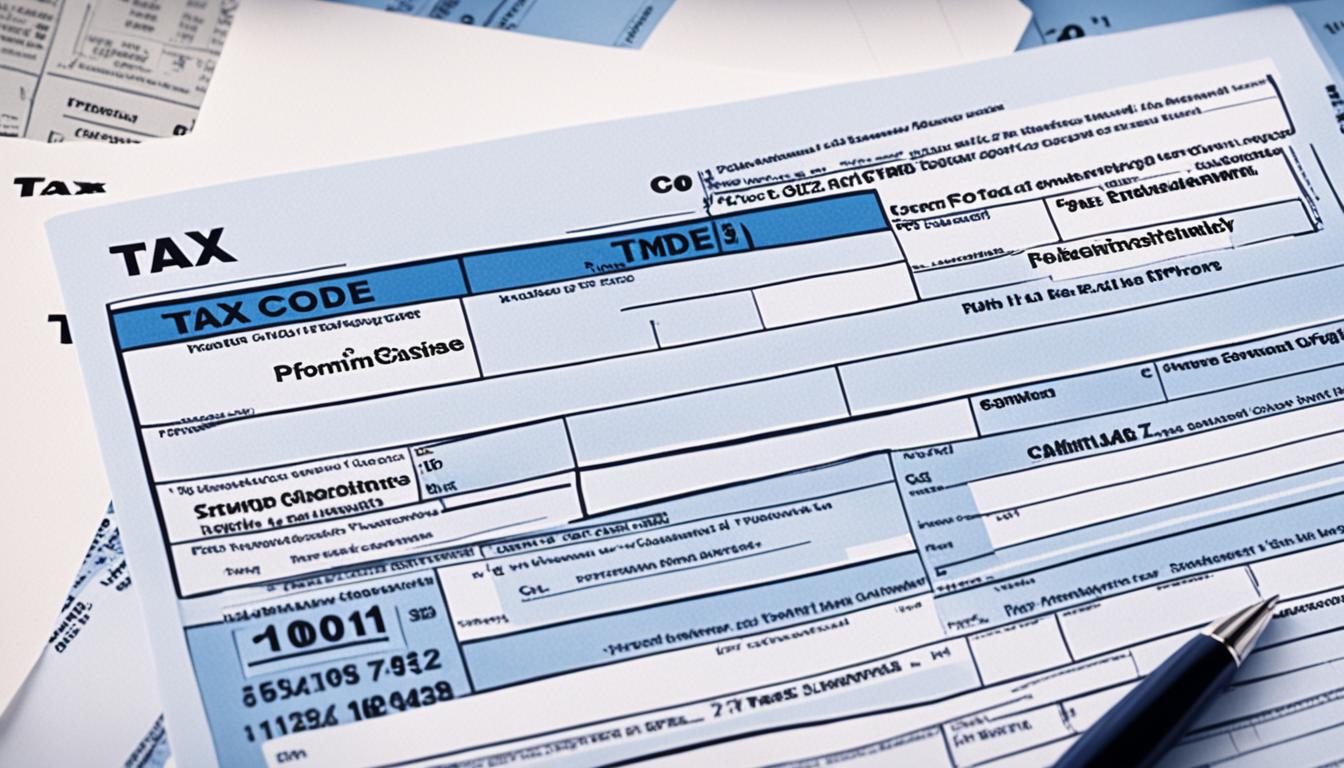









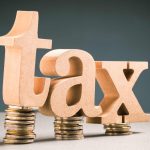


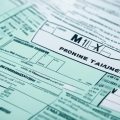
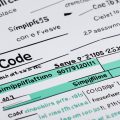

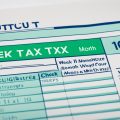

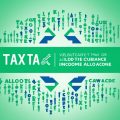

No Comments
Leave a comment Cancel